Tips IN:
-
In sports marketing and brand strategies, it is important to recognize the strategic relevance that these balls have in building the identity of tournaments, emotional connection with fans, and projecting the sponsoring brands.
-
Official balls are not only functional elements in the game but also powerful marketing and branding tools that contribute to the identity and experience of football tournaments, like the CONMEBOL Copa America, and strengthen the relationship between brands, sporting events, and fans.
-
The name "PUMA Cumbre" is inspired by the mountain range that crosses America, symbolizing the aspiration to elevate the region's football to new heights. Its design, with 16 lines representing the participating countries in the Copa America 2024™, seeks to unite all nations around this exciting competition.
-
Copa America, a championship where Adidas has had absolute supremacy as the official ball, and now its "sister" makes its mark.
-
In the case of the Copa America, a flagship tournament that brings together the national teams of South America, as well as guests from other confederations, the official ball has been a distinctive element over the years.
-
Some of the most iconic Copa America balls include the Adidas Tango from 1978, the Adidas Azteca from 1988, the Adidas Tricolore from 1991, and the Adidas Conext19 from 2019, among others.
Regarding the official ball for the CONMEBOL Copa America 2024™, the choice of PUMA as the ball provider, with its PUMA Cumbre model, marks a significant milestone in the tournament's history. This ball, presented during the Group Stage draw of the competition, represents the passion and values of football in the continent, as well as the connection between the nations of America.
Furthermore, the ball stands out for its high-level technology, with FIFA Quality Pro certification to ensure maximum performance on the field. Its design of 12 sealed panels and expanded seams offers a balance of weight and optimal aerodynamics, while the PAL valve (PUMA Air lock) ensures air retention, contributing to the quality of the game.
The choice of PUMA as the provider of the official ball for the CONMEBOL Copa America 2024™ not only reinforces the brand's presence in American football but also demonstrates its commitment to innovation and excellence in sports product design.
This launch is an opportunity to connect with fans, generate excitement around the tournament, and strengthen the brand's image in the football market.
What has been the history of the ball in the last 50 years of the Copa America?
| Year | Host Country | Official Ball | Sponsor Brand |
| 1975 | Peru | Telstar Durlast | Adidas |
| 1979 | Argentina | Tango River Plate | Adidas |
| 1983 | Uruguay | Tango Mundial | Adidas |
| 1987 | Argentina | Azteca | Adidas |
| 1989 | Brazil | Etrusco Unico | Adidas |
| 1991 | Chile | Tricolore | Adidas |
| 1993 | Ecuador | Questor | Adidas |
| 1995 | Uruguay | Umbro Neo | Umbro |
| 1997 | Bolivia | Nike Geo Merlin | Nike |
| 1999 | Paraguay | Tricolore | Adidas |
| 2001 | Colombia | Pelias | Adidas |
| 2004 | Peru | Pelias II | Adidas |
| 2007 | Venezuela | Teamgeist | Adidas |
| 2011 | Argentina | Tango 12 | Adidas |
| 2015 | Chile | Cachaña | Nike |
| 2016 | United States | Cachaña Centenario | Nike |
| 2019 | Brazil | Conext19 | Adidas |
| 2021 | Brazil | Nativo | Nike |

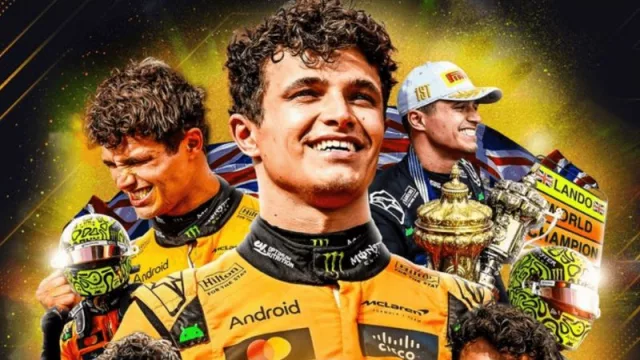

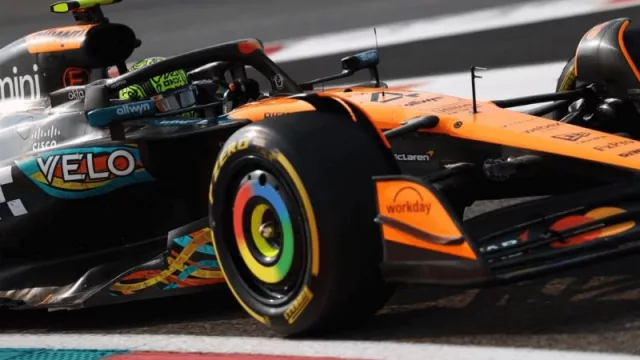
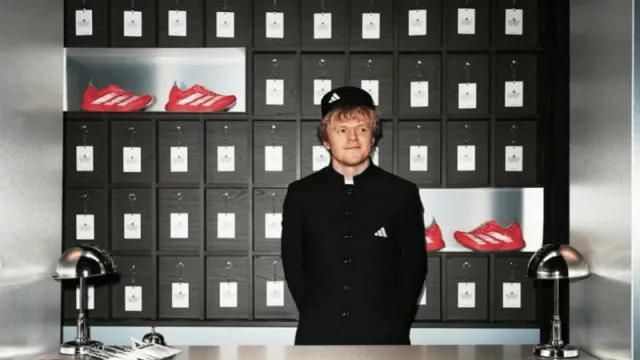
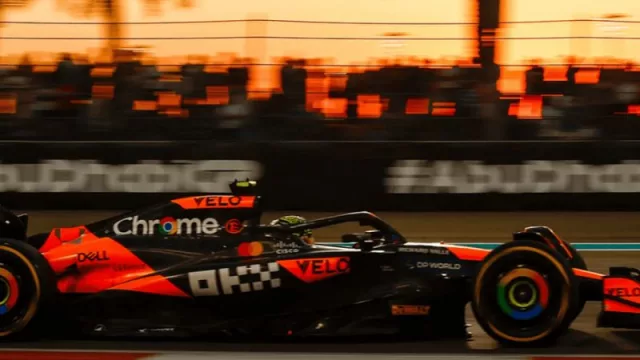
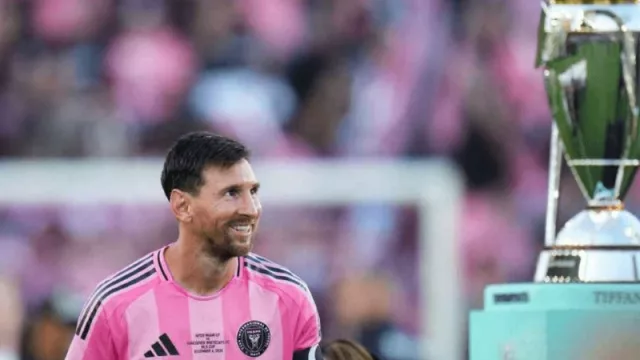



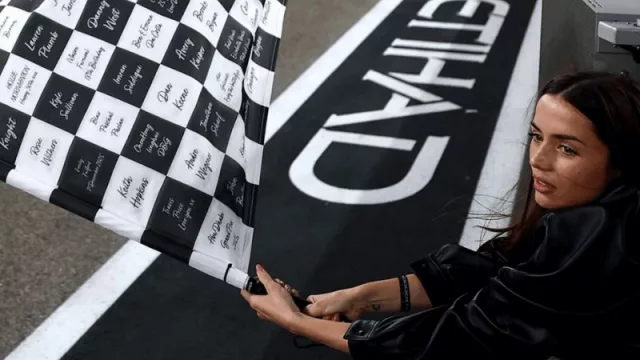

Tu opinión enriquece este artículo: